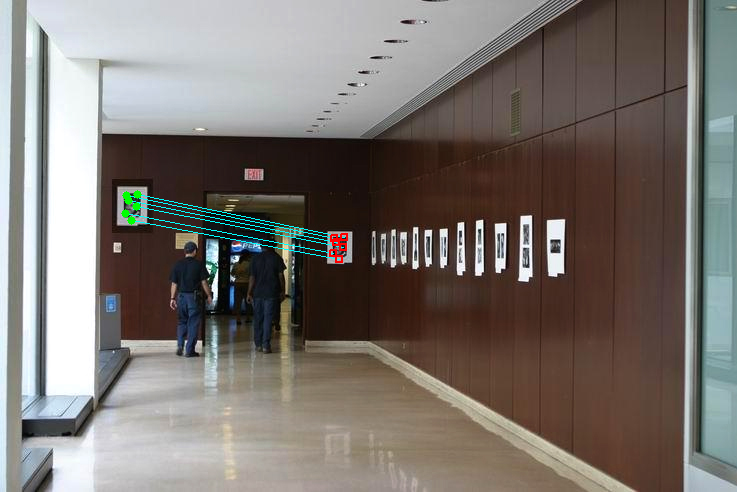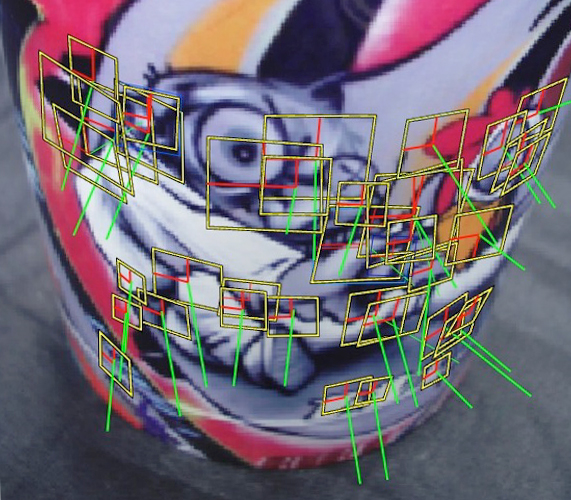In many application scenarios digital images play a basic role and often it is important to assess if their content is realistic or has been manipulated to mislead watcher’s opinion. Image forensics tools provide answers to similar questions. We are working on a novel method that focuses in particular on the problem of detecting if a feigned image has been created by cloning an area of the image onto another zone to make a duplication or to cancel something awkward.

Image forensics using SIFT features
The proposed approach is based on SIFT features and allows both to understand if a copy-move attack has occurred and which are the image points involved, and, furthermore, to recover which has been the geometric transformation happened to perform cloning, by computing the transformation parameters. In fact when a copy-move attack takes place, usually an affine transformation is applied to the image patch selected to fit in a specified position according to that context. Our experimental results confirm that the technique is able to precisely individuate the attack and the transformation parameter estimation is highly reliable.
